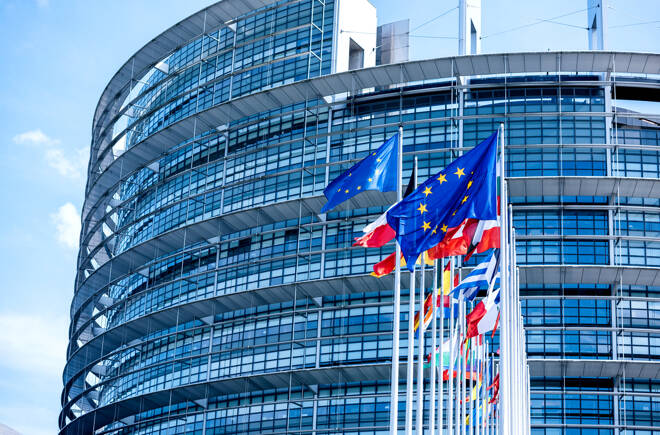Advertisement
Advertisement
Italy, Spain Face Post-Pandemic Political Tests: Can EU Funds Ensure Near-Term Political Stability?
By:
For Italy and Spain, divided parliaments and short-lived coalition governments have long resulted in missed opportunities in addressing structural economic and fiscal challenges. Are the countries’ paths to political stability and economic reform diverging?
It is not clear. Italy is enjoying a rare phase of political calm while a reshuffled government of Spain may have engineered some momentary political stability of its own.
At the very least, Italy and Spain are examples of how euro-area governments are feeling their ways toward normalising budgetary policies after the Covid-19 crisis and addressing longer-term issues of sustainable growth vis-à-vis a mix of reform and use of EU recovery resources.
Sea change in Italy since Draghi’s rise to premiership
In Italy, there has been a sea change on the political end since February, with formation of the government of former ECB President Mario Draghi, who benefits from a strong absolute majority in parliament.
Draghi has accomplished some main objectives in his short time in office so far, namely accelerating the vaccination campaign and drafting the recovery programme.
Structural reform of Italy’s large and diversified economy remains paramount, all the same. Draghi needs to reconcile differing opinions of political groupings within his government – concerning judicial reform, competition policy and fiscal reform among other priority areas – in plans he aims to present later this month. Progress in ridding Italy of the bottlenecks that limit the nation’s growth potential is indeed vital.
A lengthier period under Draghi’s stewardship could be positive for Italy’s credit ratings
But how long will Draghi remain as head of government?
The current legislature ends in 2023, but early next year, Italian MPs elect the next Italian President.
Pre-pandemic, Draghi was the clear candidate to replacing President Sergio Mattarella in this role, in view of Draghi’s political stature and broad-based political support. Now the circumstances are less clear. One option is for Mattarella to seek a new term to allow Draghi to continue on as Prime Minister until 2023.
This could give Draghi the adequate time to oversee critical reforms and other measures to help ensure Italy achieves a more durable recovery while avoiding snap elections at this current critical juncture. A lengthier period of political stability in Italy would be considered as positive for Italy’s BBB+/Negative credit ratings.
Spain’s political situation remains challenging, though a temporary period of stability is possible pre-elections
In Spain, the political situation remains challenging, with a minority government of Prime Minister Pedro Sánchez’s Socialist Party and far-left Unidas Podemos (UP) facing a degree of instability after regional elections in Madrid, after which UP-head Pablo Iglesias resigned as Deputy Prime Minister.
Nonetheless, a potentially more encouraging development has been the government’s decision to partially pardon nine Catalan politicians and officials imprisoned after the illegal Catalan independence consultations of 2017. This move should facilitate more conciliatory relations between central and regional governments and ensure the Catalan pro-independence party, ERC, continues to support Spain’s central government in passage of critical legislation, most importantly the 2022 Budget.
These circumstances may lead to a temporary phase of political stability in Spain before elections due by December 2023.
EU Recovery funds support government stability and reform momentum
For Italy and Spain, the recovery and resilience programmes should support government stability and reform momentum over coming years. The large-scale EU funds allotted to the countries, with Italy and Spain being among main beneficiaries of EU funding, incentivise political groups to place differences aside for the moment to avoid stalling a fledgling recovery.
Simply reducing by half the gap between Italy’s and Spain’s respective performance compared with the strongest EU nations in terms of structural reform implementation would raise output by around 17% and 10% over 20 years, according to the European Commission. Leaving aside the social benefits, such growth would significantly help the countries manage elevated budget deficits and public debt.
On 16 July, the Agency I represent affirmed the ratings of Spain at A- and revised the Outlooks to Stable, from Negative. Our next scheduled sovereign credit review of Italy is on 20 August.
Giulia Branz is Analyst in Sovereign and Public Sector ratings at Scope Ratings GmbH.
About the Author
Giulia Branzcontributor
A macroeconomist and an analyst in sovereign ratings with Scope Ratings based in Frankfurt, Germany.
Advertisement
